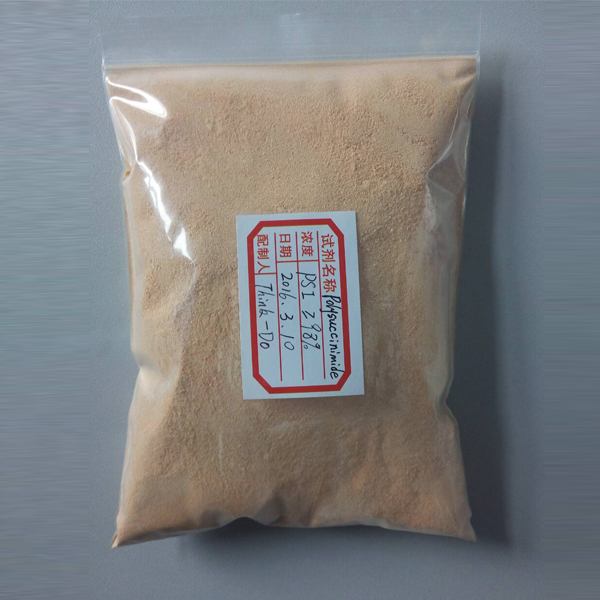
News
ਦਸੰ. . 04, 2024 13:07 Back to list
Exploring the Efficacy of EDTA in Iron Chelation Therapy and Its Applications
Understanding EDTA Iron Chelation A Comprehensive Overview
EDTA (Ethylenediaminetetraacetic acid) is a powerful chelating agent widely used in various fields, including medicine, agriculture, and industrial applications. One of its significant uses is in the chelation of metal ions, particularly iron. This article delves into the process of EDTA iron chelation, its mechanisms, applications, and implications in different sectors.
What is Chelation?
Chelation refers to the process by which a molecule binds to metal ions through multiple coordination sites. EDTA is a hexadentate ligand, meaning it can bind to a metal ion at six distinct points, effectively encasing the ion in a stable complex. This is particularly important for iron, an essential nutrient that can also be harmful in excess when it catalyzes the formation of free radicals, leading to cellular damage.
Mechanism of EDTA Iron Chelation
The EDTA molecule features four carboxylic acid groups and two amine groups, imparting the ability to form very stable complexes with metal ions like iron (Fe²⁺ and Fe³⁺). The chelation process begins with the deprotonation of the carboxylic acid groups in EDTA, allowing it to effectively bind and sequester iron ions. This interaction prevents free iron from participating in harmful oxidation reactions while also aiding in its transport and utilization in biological systems.
Applications in Medicine
edta iron chelation

In medicine, EDTA is primarily used for treating heavy metal poisoning. However, its role extends to managing iron overload conditions such as hemochromatosis and thalassemia. Patients with these conditions often accumulate excess iron, which can damage organs over time. EDTA chelation therapy helps to reduce iron levels by facilitating its excretion through urine. This is a crucial aspect of treating such disorders, as it minimizes potential complications arising from iron toxicity.
Agricultural Uses
EDTA finds extensive application in agriculture, particularly in the formulation of micronutrient fertilizers. Iron is a vital element for plant growth, and its availability can often be limited in certain soil types. By using EDTA to chelate iron, it becomes more soluble and bioavailable to plants. This aids in preventing chlorosis (yellowing of leaves) and promoting overall plant health and productivity.
Environmental Concerns
While the use of EDTA is beneficial, there are environmental concerns associated with its application. EDTA is persistent in the environment and can mobilize heavy metals in soils and sediments. This characteristic can lead to unintended consequences, such as the spread of toxicity in aquatic environments. Therefore, researchers are actively exploring biodegradable alternatives to EDTA that maintain efficiency without the environmental risks.
Conclusion
EDTA iron chelation plays a critical role in various fields, from healthcare to agriculture. Its ability to bind and sequester iron not only aids in the treatment of iron overload conditions in humans but also enhances iron availability in plants. As beneficial as it is, the environmental implications necessitate careful consideration and management. Ongoing research remains essential in refining its applications and developing safer, more sustainable chelating agents. By embracing innovations in this area, we can balance the benefits of iron chelation with the need for environmental protection, ensuring a healthier future for both human health and the planet.
-
Polyaspartic Acid Salts in Agricultural Fertilizers: A Sustainable Solution
NewsJul.21,2025
-
OEM Chelating Agent Preservative Supplier & Manufacturer High-Quality Customized Solutions
NewsJul.08,2025
-
OEM Potassium Chelating Agent Manufacturer - Custom Potassium Oxalate & Citrate Solutions
NewsJul.08,2025
-
OEM Pentasodium DTPA Chelating Agent Supplier & Manufacturer High Purity & Cost-Effective Solutions
NewsJul.08,2025
-
High-Efficiency Chelated Trace Elements Fertilizer Bulk Supplier & Manufacturer Quotes
NewsJul.07,2025
-
High Quality K Formation for a Chelating Agent – Reliable Manufacturer & Supplier
NewsJul.07,2025
